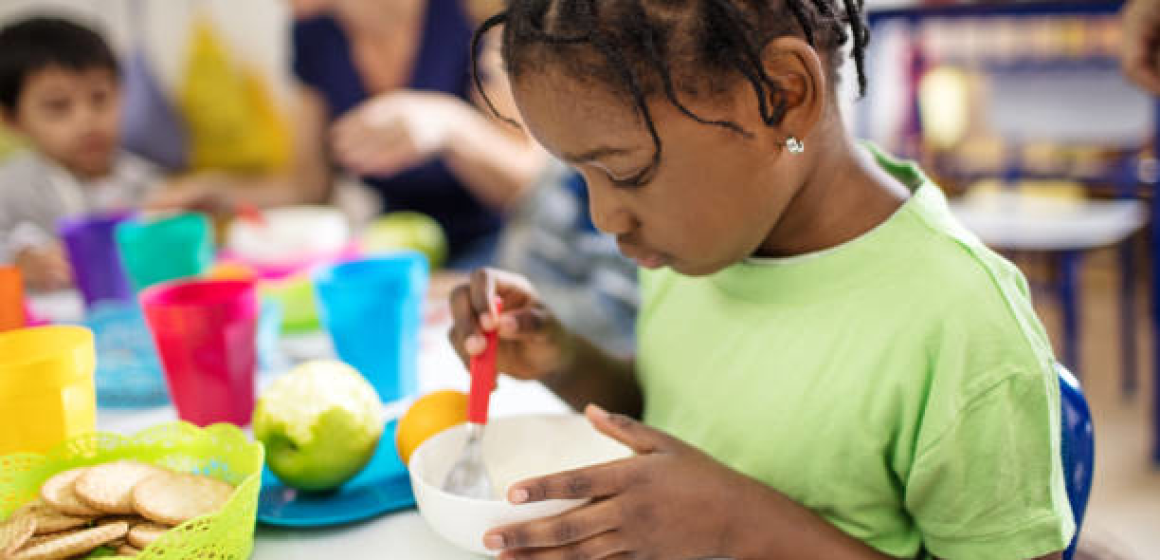Art Class : Time to Get Creative
At KareamaKids 2, we believe that creativity is an essential part of childhood. That’s why we offer a wide range of engaging art projects designed to inspire our little artists, from toddlers to older children. Whether your child is 1 or 5 (or even a bit older), they’ll find joy in expressing themselves through the various creative activities we offer.
Art for All Ages
We tailor our art projects to meet the developmental stages and interests of each age group. For our youngest creators, art is all about exploration. Toddlers aged 1 to 2 enjoy sensory-rich activities like finger painting, where they can experiment with colors and textures. These projects are designed to be fun, safe, and stimulating, allowing even the littlest hands to get involved.
As children grow, so does their capacity for more complex artistic expression. For ages 3 to 5, we introduce projects that encourage fine motor skills, such as cutting with safety scissors, gluing, and simple drawing. Older children have the opportunity to engage in more detailed work, including crafting with various materials, creating collages, and even experimenting with beginner-level sculpting.
A Focus on Exploration and Expression
At KareamaKids 2, art is more than just a pastime—it’s a way for children to explore their emotions, express their thoughts, and build confidence in their abilities. We emphasize process over product, meaning that the experience of creating is more important than the final outcome. This approach allows children to take risks, try new things, and discover their own unique styles.
Diverse Art Projects
Our art projects are as diverse as the children who participate in them. Here’s a glimpse of some of the creative activities we offer:
-
Nature Collages: Children collect leaves, flowers, and other natural materials during outdoor play, then use them to create beautiful, textured collages. This activity connects them with nature while sparking their imaginations.
-
Storybook Illustrations: After reading a favorite story, children are encouraged to draw or paint their interpretation of the characters or scenes. This helps develop their comprehension skills while allowing them to express their understanding of the story creatively.
-
Group Mural Projects: Working together on a large mural teaches teamwork and collaboration. Each child contributes their own section, resulting in a vibrant and colorful piece of art that the whole group can be proud of.
-
Holiday Crafts: Throughout the year, we celebrate various holidays with themed art projects. From decorating pumpkins in the fall to making handmade cards for Valentine’s Day, these activities bring a festive spirit to our daycare and give children a chance to create keepsakes for their families.
-
Sensory Art: For children who benefit from sensory experiences, we offer activities like finger painting with different textures, using scented playdough, or creating art with sand and water. These projects engage multiple senses and are particularly popular with children who enjoy hands-on exploration.
Nurturing Creativity in a Supportive Environment
Our Creativity Director works closely with each child, offering guidance and encouragement while allowing them the freedom to explore their creativity. We believe that every child has the potential to be an artist, and our goal is to nurture that potential in a positive and supportive environment.
At KareamaKids 2, art is not just an activity—it’s a way of learning, growing, and having fun. We invite you to discover the joy of creativity with us and see how our art projects can enrich your child’s experience at daycare. Whether they
are just beginning to explore the world of colors and shapes or are already showing signs of being a budding artist, there’s something for everyone at KareamaKids 2.
Join the Fun at KareamaKids 2
Art is a powerful tool for self-expression and development, and at KareamaKids 2, we’re committed to helping your child unlock their creative potential. Come see how our diverse and engaging art projects can make a difference in your child’s day. We can’t wait to see what they’ll create next!




